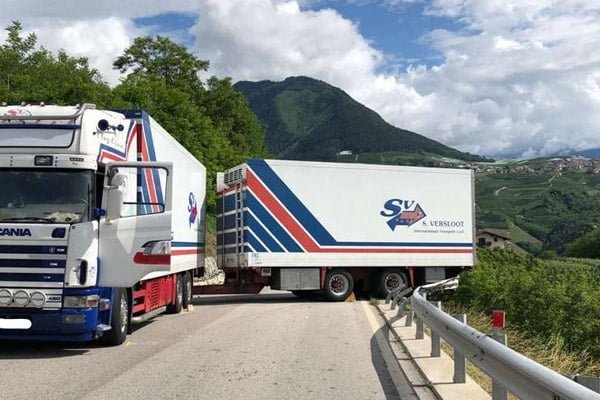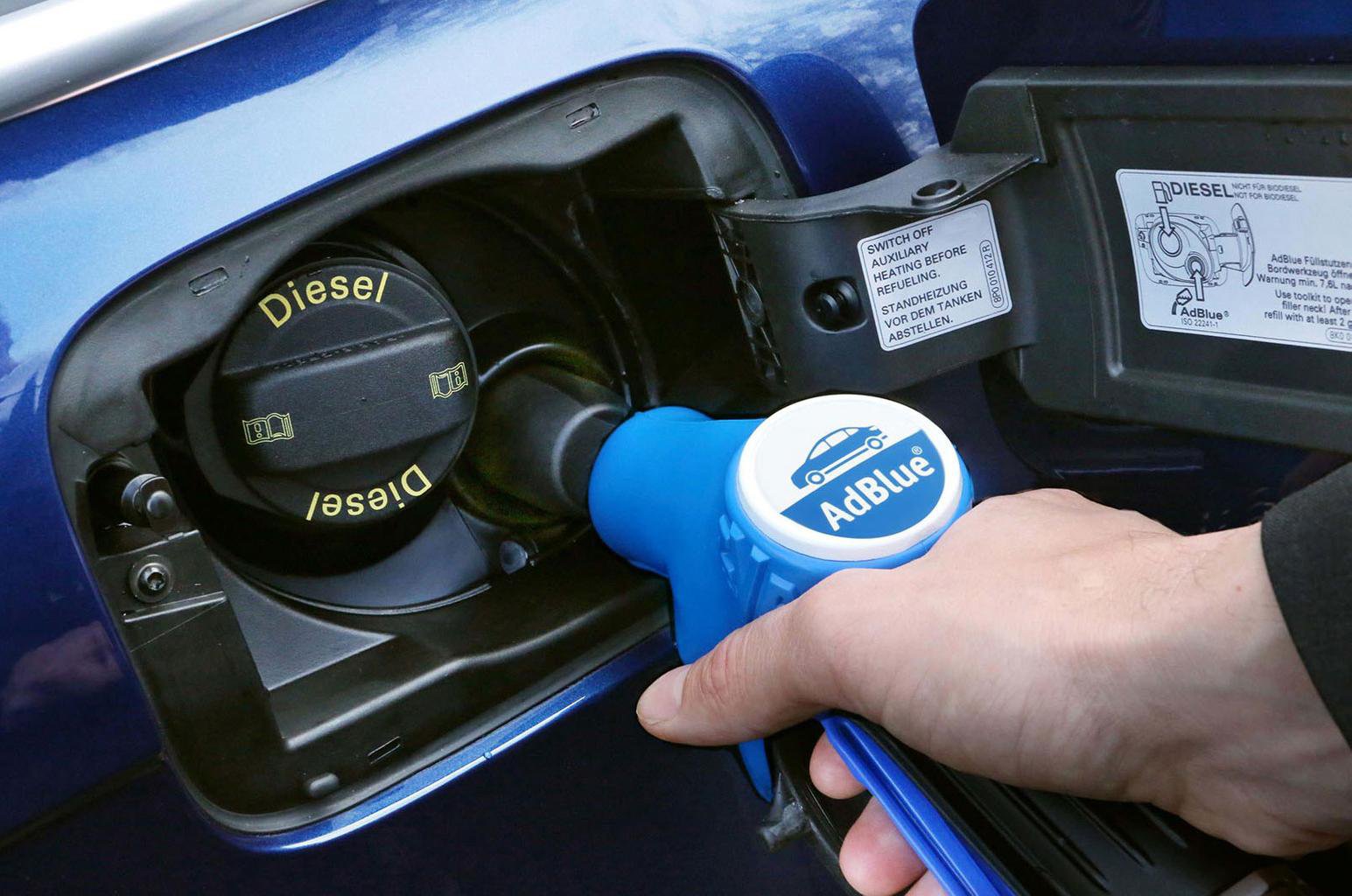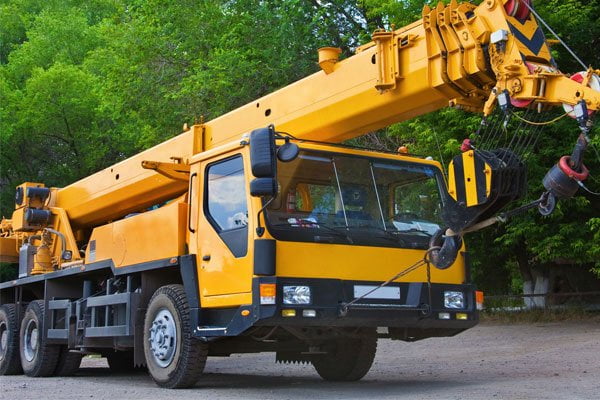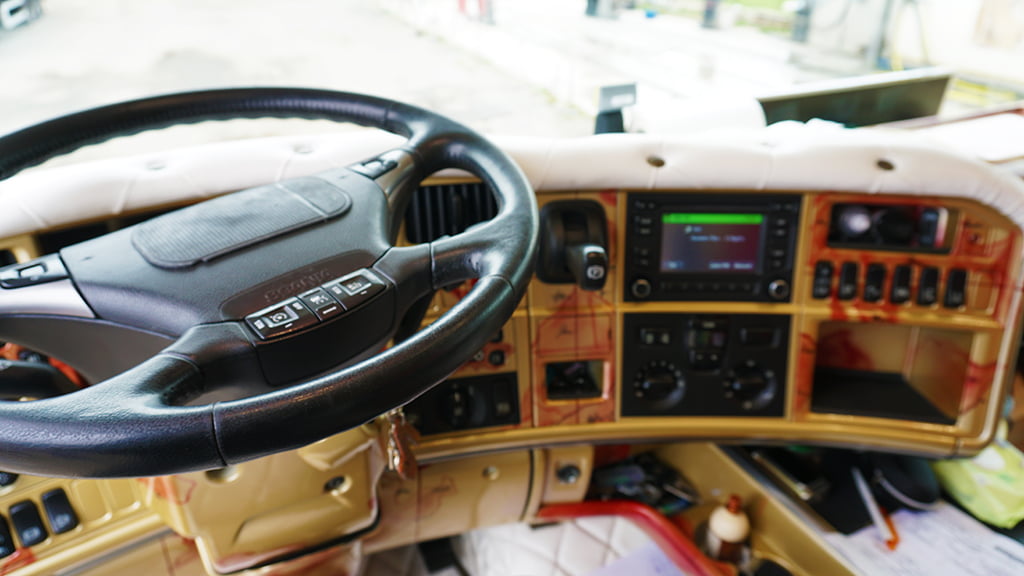Road accidents are unfortunately the order of the day, so much so that according to istat data, there are 40.3 deaths due to road accidents in Italy. Distracted driving, failure to yield right of way and speeding (40.2 percent overall) are confirmed as the most frequent causes. Traffic violations are down compared to 2019; however, fines for speeding, failure to obey signs, helmet and seatbelt use, and bicyclist behavior rules, among the main ones, are down less than average. For those who operate a company fleet of trucks or trucks, it is not easy to figure out which insurance to choose and how to go about best protecting their employees.
Truck damage: who pays?
In this section, we will understand together when the employee is responsible for truck damage and the cases when, on the contrary, the driver is responsible for repairing the crashed vehicle. In cases where an employee is driving a company vehicle to go to a customer’s company to deliver marches, or perform any other activity in line with his or her professional role, then he or she is not liable for damages in the event of an accident, and if a collision with another vehicle occurs, this will be considered a work accident.
Conversely, any accident occurring outside of working hours is the responsibility of the driver alone. If the driving employee is at fault, he or she will be liable for damages caused to the company he or she works for.cIn Italy, according to law, the owner of the company that owns the fleet is not required to cover damages caused by his or her employees with an insurance policy.
According to Article 20 of Legislative Decree No. 81/2008, “the worker is responsible for his or her own and others’ safety at the workplace and in the use of company vehicles, while the employer can be held liable for an accident if it is caused by problems related to poor care of the vehicle’s condition. In fact, Article 28 of the same decree requires employers to analyze and prevent all risks to the safety and health of their employees.”
Definitely, driving safely and having cautions is the basis from which to start. Choosing safe vehicles and routes that do not put employees at risk are the first step a good supervisor must take.
In addition, conducting safe driving courses and providing drivers with guidelines to simplify their work are good starting points for operating with peace of mind and avoiding accidents.








